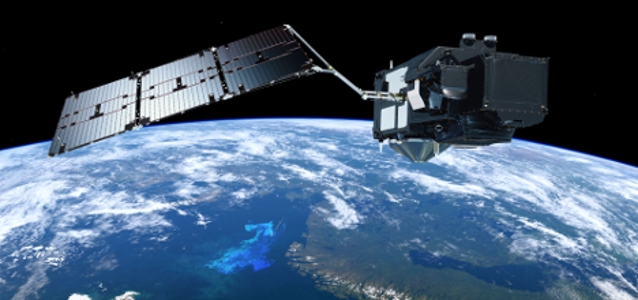
© ESA
Electronics Production |
Europe to send next Earth observation satellite into space
Following the launch of Sentinel-2A in spring 2015, Earth observation satellite Sentinel-3A, is now ready for take-off.
Also part of Europe’s Copernicus programme, the radar satellite is set to launch on 16 February 2016 from a Rockot launcher lifting off from the Plesetsk Cosmodrome in northern Russia - and RUAG Space has played an instrumental role in developing and constructing the satellite.
As for Sentinel-2 before it, RUAG Space Austria supplied the GPS navigation receivers the satellites use to determine their exact position in space, as well as the interface electronics for the central satellite computer. RUAG Space is also responsible for the entire thermal system; consisting of multiple layers of thermal insulation as well as heating elements, the system ensures a controlled temperature inside the satellite. Last but not least, RUAG Space Austria also furnished the high-frequency test system for the Sentinel-3's radar altimeter.
The carbon-fibre and aluminium satellite structure as well as the slip rings for the solar panels are supplied by RUAG Space Switzerland, whilst its sister company RUAG Space AB in Sweden provided the satellite's central control computer. The two antennas for controlling the satellite and for RUAG Austria's GPS receivers also come from Sweden. As the prime contractor, Thales Alenia Space is responsible for the development and construction of both Sentinel-3 satellites.
The Sentinel satellites are the centrepiece of Europe's Copernicus Earth observation programme, through which the European Union will supply data for a range of purposes, including environmental protection, agriculture, forestry, land-use planning, and crisis management. In all, five different Sentinel missions are scheduled to launch by the year 2021.




